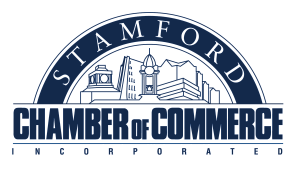Milford Child Endangerment Lawyer
In Connecticut, child endangerment offenses are treated as felonies and require the legal know-how of a top attorney. To build a defense and work to mitigate the charges you are facing, reach out to a Milford child endangerment lawyer today.
What Are The Penalties for Child Endangerment?
Depending on the circumstances, child endangerment can be charged as Class B or Class C felony under the formal name of risk of injury, codified in Connecticut General Statutes (C.G.S.) §53-21. Class C felonies can be penalized with a sentence of up to ten years in prison and a fine of up to $10,000. The maximum sentence is twice as high for a Class B felony, at 20 years. If you are convicted of a Class B felony, you can also be required to pay a fine as high as $15,000. Additionally, child endangerment charge often triggers an investigation by the DCF with further ramifications for the family.
In many cases, the incidental consequences of a conviction for child endangerment can prove even more detrimental in the long run than the official penalties. Even a charge of child endangerment on your record can cause people to think twice about working with an individual. Records of charges and convictions are available online for anyone who conducts a search. Even volunteer activities and social interactions can suffer. A Milford child endangerment lawyer can work to minimize the negative consequences of your alleged offenses.
What Types of Conduct Are Considered Child Endangerment?
C.G.S. §53a-21 defines three types of actions that can be treated as risk of injury to a child.
One category involves transferring legal custody of a minor in exchange for money or anything else of value.
The most serious category involves actions where an adult makes contact with the intimate body parts of a child under the age of 16 or subjects a child to contact with the intimate parts of the adult’s body. Actions must be undertaken “in a sexual and indecent manner” to constitute a violation. This category is treated as a Class B felony, while the others are considered slightly less serious Class C felonies.
What Are Situations That Impair Health or Morals?
The broadest category in the risk of injury statute is set forth in C.G.S. §53-21(a)(1). An individual violates this law by willfully or unlawfully allowing a child under the age of 16 to be put in a situation that endangers the child’s life or is likely to cause injury to the child’s health or morals. This broad standard can be interpreted to cover a wide range of conduct. While this means police may charge risk of injury to a minor in a variety of situations, it can also allow a Milford child endangerment lawyer to argue why your conduct should not be considered a violation.
Any time an adult violates the law in the presence of a child, the action can be treated as child endangerment. Driving with a child in the car can create a criminal risk of injury if the driver is speeding, intoxicated, or fails to secure a child in a safety seat. A parent charged with a Class C misdemeanor for shoplifting can also face a charge of a Class C endangerment felony if a child is nearby.
Consult a Milford Child Endangerment Attorney
Because the potential consequences of a conviction are so serious, it is wise to begin collecting evidence to build a strong defensive strategy as soon as possible. If you are facing allegations involving risk of injury to a minor or similar offenses, contact Mark Sherman Law for a confidential consultation now.












